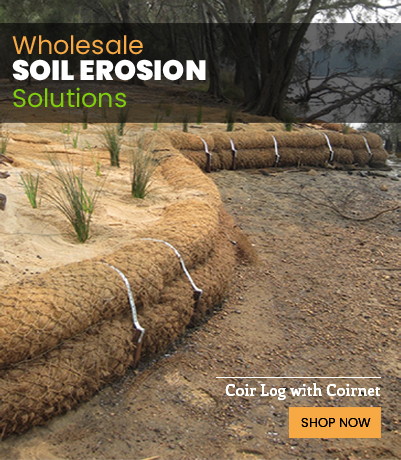Soil stabilization is an integral part of a variety of projects, from commercial and industrial construction to home gardening. Whether you need to build a road or just want to improve your property’s soil to encourage healthy plant life, soil stabilization is something you should consider early in your project.
What Is Soil Stabilization?
Simply put, soil stabilization is the process of altering your soil to enhance its physical properties. For example, a team working on a construction project might use soil stabilization as a way to increase the load-bearing capabilities of the ground they’re building on so the roadway or building has a more solid foundation.
There are two main methods of soil stabilization:
- Mechanical stabilization, which involves mechanical alteration of the soil (i.e., dropping a heavy weight repeatedly on the soil to smooth and compact the surface);
- Chemical stabilization, which relies on adding something to the soil to alter its properties. Standard chemical stabilization additives include cement, lime, kiln dust, and fly ash.
Most recently, a form of chemical stabilization called polymer/alternative stabilization has begun to gain popularity, as the materials used are generally cheaper and more effective than traditional chemical stabilization additives.
Using Coir for Soil Stabilization
Researchers have begun studying the use of coir fiber as a stabilization method and comparing it to standard chemical soil stabilization methods. Coir fibers — made from the husk of coconuts — are far more sustainable than most traditional chemical additives and have the advantage of being more eco-friendly. However, because of their biodegradable nature, coir fiber might need to be added to soil more frequently than would other chemical products.
Coir pith is one of the forms of coir most commonly used for soil stabilization, as it can be purchased in easily transportable blocks to be crumbled on-site or it can be converted to organic ‘manure’ that you can spread quickly through the topsoil.
Using coir as a soil stabilizer in your garden can have additional benefits. Because coir is fungus- and bacteria-resistant, it provides extra protection for your plants. It also increases the soil’s ability to hold water, as it is highly water-retentive. And as it breaks down, coir adds essential nutrients to your soil, contributing to your garden’s long-term health. This is especially useful when planting sensitive seeds or germinating plants that need specific conditions in which to grow successfully.
Soil stabilization is something that exists both to prepare residential landscaping sites and to improve commercial and industrial construction areas. From providing a more stable base for roadways to ensuring a solid foundation for new buildings, soil stabilization is widely practiced around the world. And while traditional methods have worked well for decades, new, eco-friendly ways are beginning to gain interest and popularity.
If you’re interested in soil stabilization, we recommend incorporating coir fiber as part of your plan. With its relatively low cost, high sustainability, and ease of use, coir fibers add strength and nutrients to your soil without resorting to harsh chemicals that can leach into groundwater.

Leave a Reply